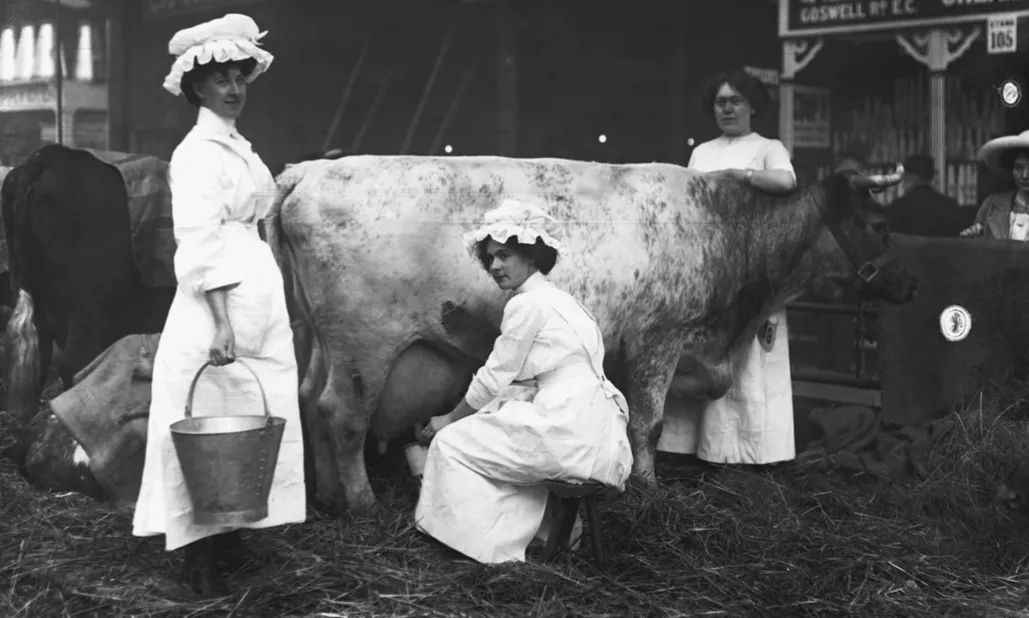justjlm.org – Milk, often referred to as liquid gold, has been a cornerstone of human nutrition for millennia. Its journey from a simple animal byproduct to a global commodity is a testament to its versatility and importance. “The Creamy Chronicles” delves into the rich history of milk, exploring its role in various cultures, its nutritional significance, and the technological advancements that have shaped its production and consumption.
The Dawn of Dairying
The story of milk begins around 9000 BCE with the domestication of animals. The first evidence of dairying comes from the remains of pottery vessels in the Near East, suggesting that early farmers were processing milk. This innovation was a game-changer, providing a stable source of nutrition that could sustain populations through harsh winters and famines.
Milk in Ancient Civilizations
In ancient civilizations, milk was more than just a dietary staple; it was often imbued with cultural and religious significance. The Egyptians, for example, used milk in their embalming processes and as an offering to their gods. The Greeks and Romans celebrated milk as a symbol of purity and strength, with athletes consuming it to enhance their performance.
The Spread of Dairy Farming
As civilizations expanded, so did the practice of dairy farming. The Vikings were instrumental in spreading dairy farming across Europe, introducing new breeds of cattle and innovative farming techniques. The spread of the British Empire further popularized milk consumption worldwide, with dairy farming being introduced to the colonies.
Industrial Revolution and Milk Production
The Industrial Revolution brought about significant changes in milk production and consumption. Urbanization led to a demand for milk that could not be met by local farms, prompting the development of commercial dairy farms and the introduction of pasteurization to ensure milk safety.
The 20th Century: Milk Becomes a Global Commodity
The 20th century saw milk become a global commodity, with advancements in refrigeration and transportation making it accessible to people around the world. The introduction of milk powder and UHT (Ultra-High Temperature) processing extended its shelf life, making it a staple in both developed and developing countries.
Nutritional Importance of Milk
Milk is celebrated for its nutritional value, being an excellent source of calcium, vitamin D, and protein. It plays a crucial role in the development of strong bones and teeth, making it an essential part of a balanced diet, especially for children and the elderly.
The Future of Milk
As we look to the future, the dairy industry faces challenges such as sustainability, animal welfare, and the rise of plant-based alternatives. Innovations like lab-grown milk and plant-based milks that mimic the nutritional profile of dairy milk are paving the way for a more inclusive and sustainable dairy industry.
Conclusion
“The Creamy Chronicles” is a testament to the enduring legacy of milk. From its humble beginnings as a byproduct of animal domestication to its status as a global commodity, milk has been an integral part of human civilization. As we continue to innovate and adapt, the story of milk promises to be as rich and varied as the cultures it has nourished.
